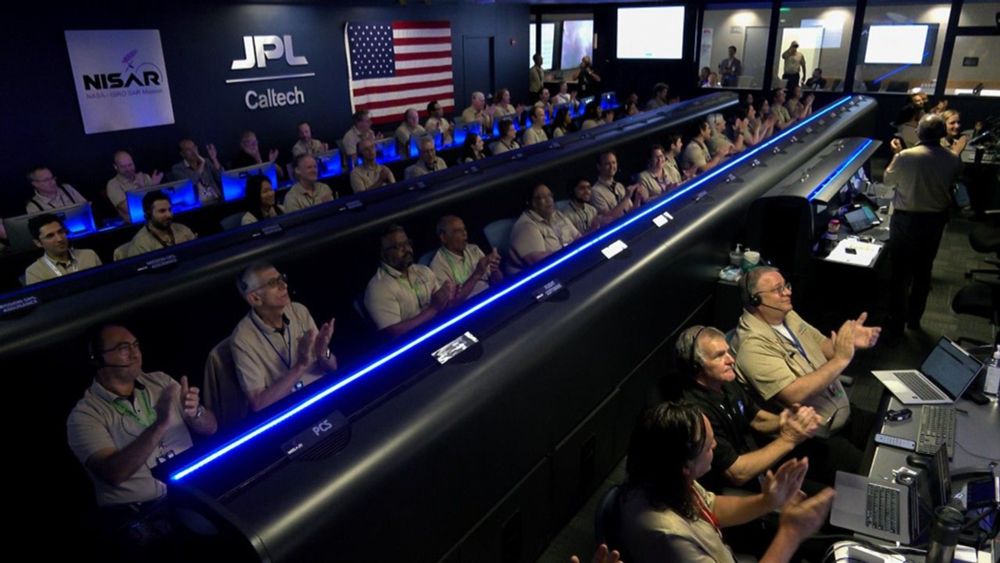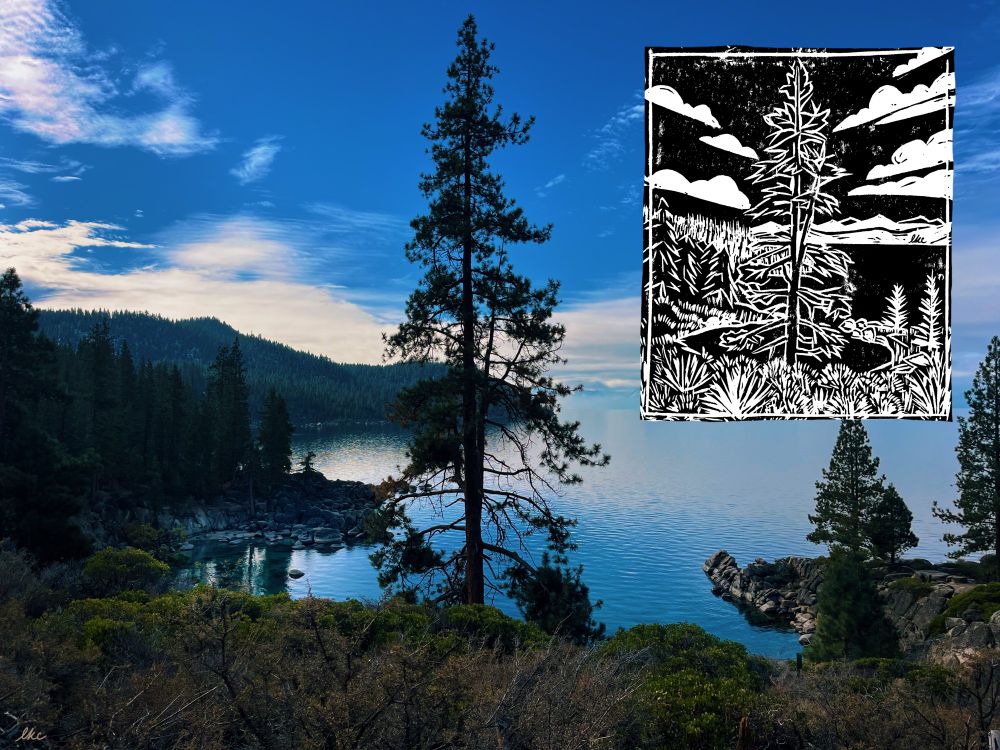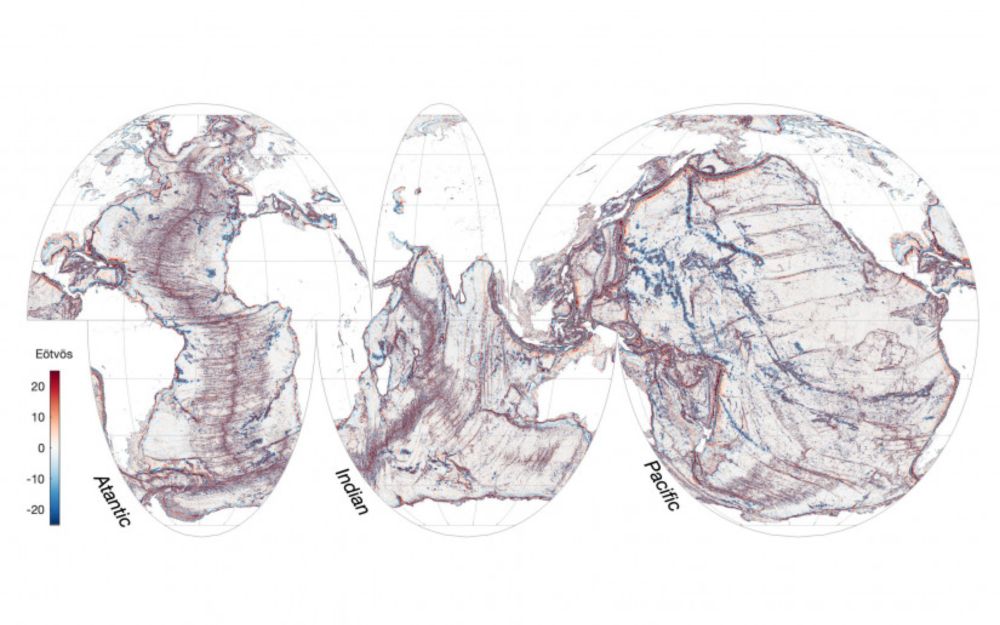Elizabeth Wig
@elizabethwig.bsky.social
590 followers
110 following
22 posts
InSAR & radar remote sensing 🛰
EE PhD candidate at Stanford 🌲
I like books, nature, and space 📚
Posts
Media
Videos
Starter Packs
Reposted by Elizabeth Wig
Elizabeth Wig
@elizabethwig.bsky.social
· Jan 23
Elizabeth Wig
@elizabethwig.bsky.social
· Jan 23

Permafrost Dynamics Observatory: 3. Remote Sensing Big Data for the Active Layer, Soil Moisture, and Greening and Browning
Lower soil volumetric water content associated with deeper active layers suggests that Arctic soil may become drier as the climate warms Burned areas have higher soil water content than unburned ...
agupubs.onlinelibrary.wiley.com
Reposted by Elizabeth Wig
Reposted by Elizabeth Wig
Elizabeth Wig
@elizabethwig.bsky.social
· Nov 19





















